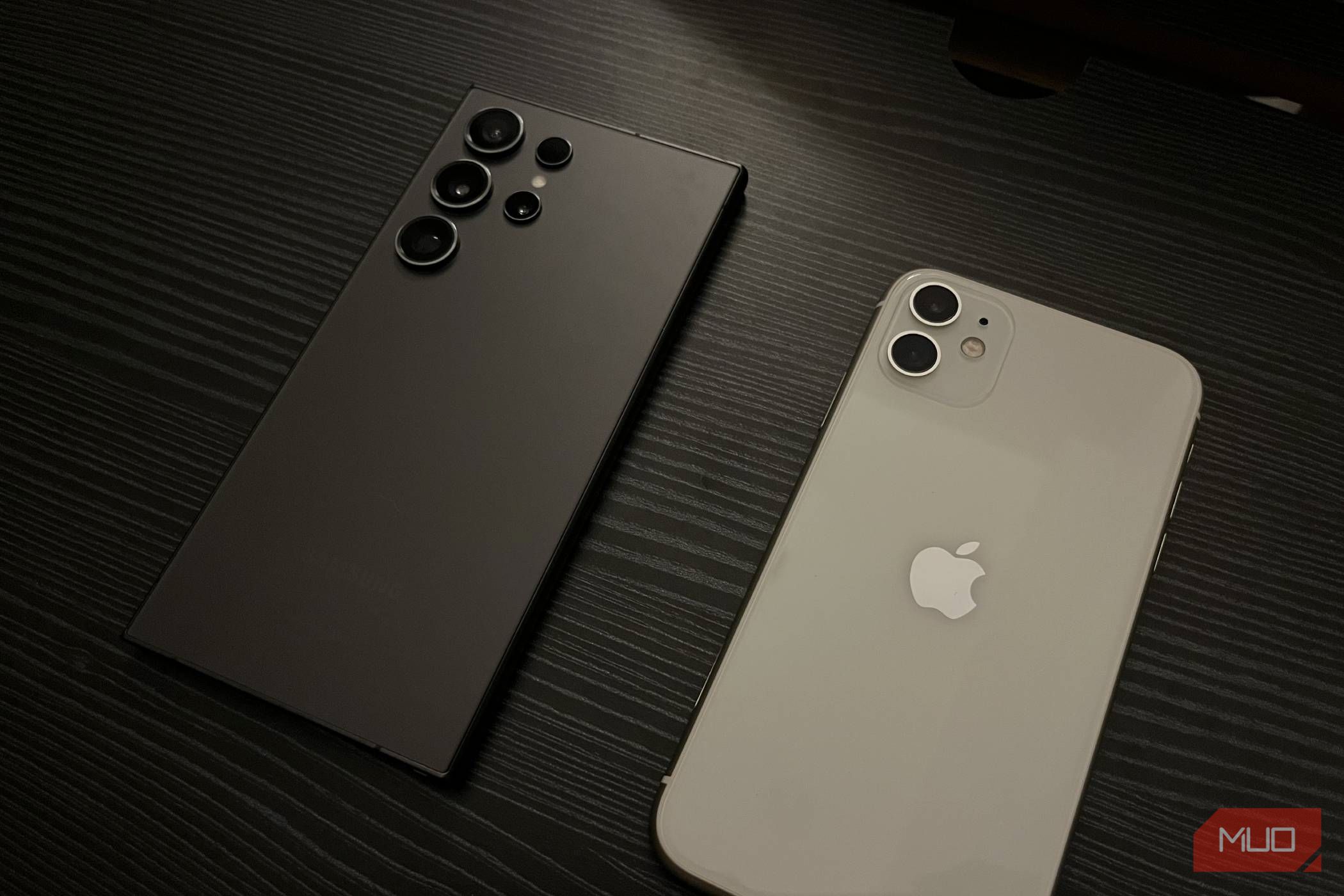A measuring tape is one of those tools that always seems to be missing when you need it most. What you do have, though, is your phone, and its camera can actually serve as a handy substitute for a tape measure.
How AR measurement works on your phone
AR measurement, short for augmented reality measurement, allows your phone to calculate the dimensions of real-world objects and spaces with the help of the camera. The way it works is quite genius.
When you point your camera at a room, table, or even a bookshelf, your phone starts analyzing the scene. It looks for flat surfaces such as floors, walls, and tables. Once these surfaces are detected, the tool can measure distances between points to create an accurate three-dimensional representation of the environment in real time.
Besides the camera, your phone relies on a combination of sensors and spatial mapping to deliver accurate results. For instance, the accelerometer detects movement, while the gyroscope tracks the device’s orientation.
By combining visual information from the camera with data from these sensors, your phone can determine not only the size of objects but also their position in the surrounding space.
AR measurement is available on most mid-range and flagship Android and iPhone models. So, unless your phone is entry-level, you should be good to go.
On the iPhone, the Measure app comes pre-installed, so you can open it and start measuring instantly. If you once dismissed it as just another useless built-in app from Apple and uninstalled it, you can reinstall it from the App Store.
Similar to Apple, Google used to provide its own free Measure app, but it was discontinued in 2021 due to accuracy and stability issues. However, if you have a Galaxy phone, you can download Samsung’s Quick Measure app from the Play Store or Galaxy Store.
On Android, third-party apps also fill the gap. A popular choice is the AR Ruler app, which you can download from the Play Store. It is also available on iOS if you want more advanced features. It goes beyond basic length and height checks and offers volume measurement, path scanning, and angle detection.
Download: AR Ruler for Android | iOS (Free, in-app purchases available)
Once you’ve got the right app on your phone, using AR measurement is surprisingly simple. Open the app and point your camera at the object or space you want to measure. The app will usually guide you with on-screen prompts, such as asking you to move your phone slowly so it can scan the area.
The app will first identify flat surfaces in view, like the top of a table or the floor in your living room. Once the surface is recognized, you’ll see a dot or crosshair appear on the screen. This acts as your starting point.
From there, you tap to mark one point, then move your phone to the next spot and tap again. The app calculates the distance between the two points to give you a precise measurement. You can use this to measure objects, check room dimensions, or even estimate someone’s height.
Most measuring apps can also detect shapes automatically. If the app detects a square, rectangle, or circle, it will display the measurements without you having to trace each side manually. This makes tasks like checking if a new piece of furniture will fit in a space almost effortless.



Samsung’s Quick Measure includes a handy feature that calculates the distance between the camera and an object. This is particularly useful when you want to estimate how far your TV, a wall, or any object is from where you’re standing.
To keep a record, you can capture the measurement with the shutter button, which saves it as a photo. Apple’s Measure app also includes a history tab where all your measurements are stored, so you can revisit them later if needed.



The accuracy of these measurements
With all this talk about turning your phone into a digital tape measure, it’s obvious to wonder how much you can actually rely on the results. The short answer is that AR measurement is impressively accurate for casual use, but it still has its limits.
In most cases, the margin of error is usually within a couple of centimeters. That means if you’re checking whether a new chair will fit through a doorway or estimating the size of a rug, the readings are trustworthy enough.
For example, I measured my 55-inch TV and got 56 inches, which is close enough. However, measuring from a slightly different angle gave 59 inches, so accuracy can vary depending on how you position your phone.


Your phone’s camera can be useful for a lot of things besides taking photos and videos. AR measurement is one of those handy extras. While it won’t replace a tape measure or professional laser tools, it’s accurate enough for most everyday tasks like checking furniture dimensions or estimating space.












